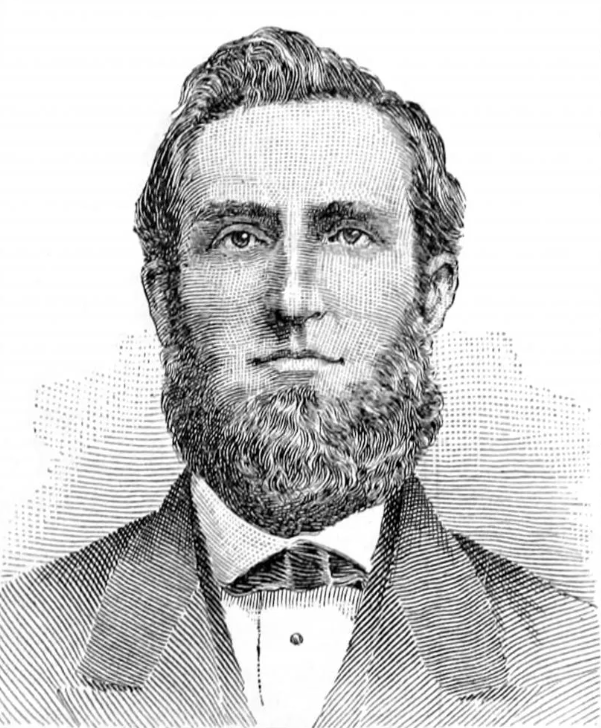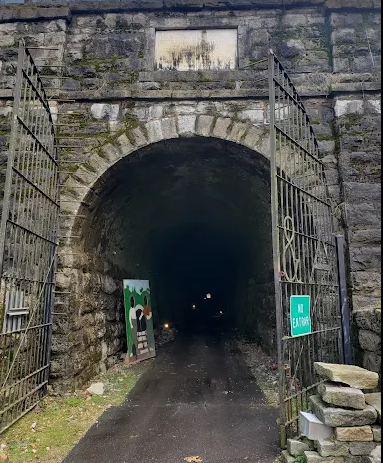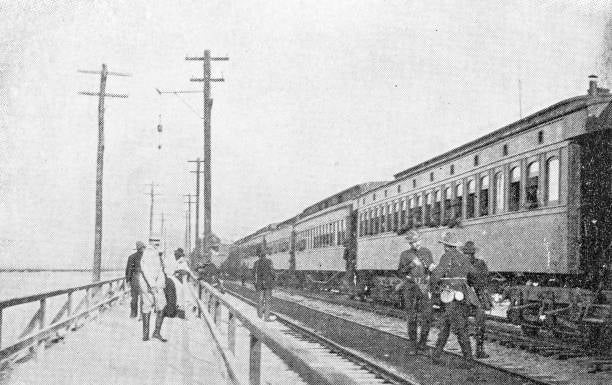In 1954, Disney released a movie titled “The Great Locomotive Chase” and that was the last time what was then commonly known as “Andrews’ Raid” made it into the public consciousness before fading into obscurity.
Andrews’ Raid was an important moment in Civil War history as it was part of several instances that proved the Confederacy was not as bullet proof as it seemed and led to the first time the Medal of Honor was awarded.
The raid was the first time that Union soldiers infiltrated Georgia and while it was anything but a success, it became a romantic tale repeated often in the decades following America’s most destructive war.
In April of 1861, Confederates manning Fort Moultrie in Charleston fired on Fort Sumter starting the war. The former southern states seemed to hold the upper hand, but barely a year later, soft spots in the South’s armor began to show.
Gen. Ulysses Grant’s forces had captured Forts Henry and Donelson in February 1862 while the capital of Tennessee, Nashville, had fallen to Gen. Don Carlos Buell a short time later.
According to the American Battlefield Trust, a house painter by the name of James Andrews approached Gen. Buell with a rather audacious plan.

Andrews, along with another civilian, William Campbell, proposed to lead a group of Union soldiers to hijack a train in Atlanta and head towards the Union lines to safety, tearing up tracks, destroying bridges and cutting telegraph wires along the way. If the plan had worked, it would have dealt a severe blow to the Confederacy and put Chattanooga in the crosshairs to be invaded.
Luck, however, was not on the side of the saboteurs. Several men were caught before reaching Marietta and two more men overslept, missing the train which was aptly named “General.”
Disguised as civilian travelers, according to the New Georgia Encyclopedia, Andrews and Campbell decided, once the train got rolling, to begin the train jacking at Big Shanty (present-day Kennesaw), choosing that town because it had no telegraph. The men waited until the crew and passengers settled down to eat breakfast while parked at the station and uncoupled most of the cars.
At around 6 a.m. they steamed out of Big Shanty aboard the locomotive, along with a tender and three empty boxcars, leaving the crew sitting idle at the station, literally with egg on their faces.
The bemused train crew assumed that perhaps the locomotive was stolen by deserting Confederate soldiers and figured the soldiers would wise up when the bourbon wore off and so a pursuit was only slowly mounted. When telegraph lines began going out one by one, like the lights on the Titanic, the Confederates realized that they had a bigger problem than a few AWOL soldiers and the chase was on.

Despite having a head start, it didn’t take the Confederate soldiers long to begin to catch up. This meant the saboteurs couldn’t stop their stolen train long enough to inflict any major damage, only managing to destroy a few wires and uproot several rail ties.
The chase would go on for seven hours, going through the 1,477-foot Western & Atlantic Railroad Tunnel through Chetoogeta Mountain north of Atlanta. “Tunnel Hill” is a historic touring area today and was featured in Disney’s “The Great Locomotive Chase,” according to the American Battlefield Trust.
Eventually, the saboteurs were not able to stop long enough to take on fuel and water to provide steam, and the train ran out of water and glided to a stop, leaving the men to flee on foot.
It’s unclear exactly how many of the raiding party were caught, as some were known to have escaped and others were exchanged for Confederate prisoners, but eight men, including Andrews, were tried as spies and were hanged.
While the raid was considered a failure, giving the North no military advantage, but all of the soldiers involved were awarded the Medal of Honor, Jacob Parrott, being the very first recipient.
In a final turn of bad luck, Andrews and Campbell were among those hanged, but were not eligible to receive the Medal of Honor because of their civilian status.
…And that is something you may not have known.
Scott Hudson is the Senior Investigative Reporter, Editorial Page Editor and weekly columnist for The Augusta Press. Reach him at scott@theaugustapress.com











